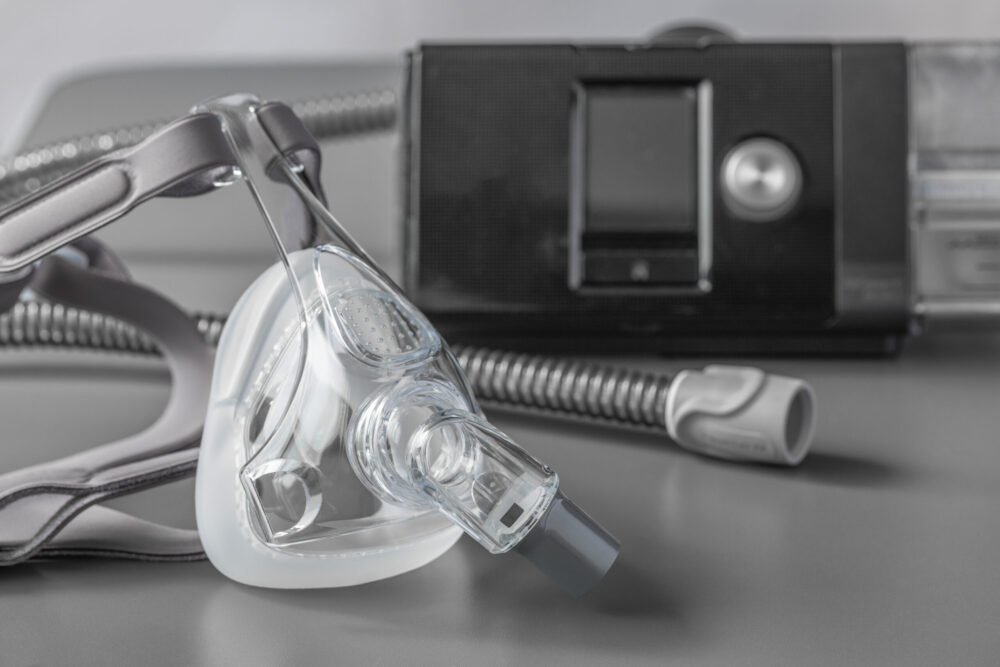
You may not realize just how recently asbestos was banned from use in the United States. In 1989, the Environmental Protection Agency (EPA) attempted to ban most asbestos-containing products from manufacturing, importation, processing, and distribution. However, in 1991, the Fifth Circuit Court of Appeals largely overturned the 1989 ban and left only a partial ban on specific products and new uses of asbestos. Regardless, the railroad industry only began transitioning to asesbtos alternatives in the mid-1980s. So, if you were employed in the railroad industry at this time, please continue reading to learn what actions you should and can take if you were unacceptably exposed to asbestos on the railroad and how one of the experienced FELA lawyers at Hildebrand McLeod & Nelson LLP can help you recover from the unnecessary damages you have had to suffer.
Where was asbestos present on the railroad?
Sadly, asbestos found its way into many parts of the Union Pacific Railroad (UPRR) a few decades ago. More specific examples read as follows:
- Asbestos rope: this was used to fix broken rail or “pull parts.”
- Asbestos in signal houses: this was used in transite boards, in aerial cable, as insulation around switch heaters, and to seal instrument cases.
- Asbestos in rail cars, bunk cars, and cabooses: this was used around brake shoes in cars and as “heat shields” in walls around stoves in cabooses.
- Asbestos in buildings, yard offices, and repair shops: this was present in vinyl floor tile, acoustic ceiling tile, drywall, roofing materials, pipe insulation, etc.
What should I do if I was exposed to asbestos on the railroad?
Most unfortunately, there is an abundance of research that has proven time and time again that excessive overexposure to asbestos is highly toxic and thereby directly linked to cancer diagnoses and other serious health concerns.
So, as a former or current railroad worker currently experiencing health complications, you must do your due diligence and seek adequate medical attention for your concerns. That is, you must participate in enough medical examinations, laboratory tests, and health consultations. With this, your treating medical professional may offer their official statement in that they have reason to believe that your medical diagnosis is attributed to your asbestos exposure. Or otherwise, your exposure to seriously toxic substances during your railroad work.
Their expert opinion may be enough to jumpstart your Federal Employers’ Liability Act (FELA) claim against your negligent railroad company employer. But in addition to medical records, you should always supply medical bills that indicate how much your illness has cost you thus far, and is anticipated to cost you in the future. This may be alongside non-medical evidence that sheds light on how your illness has caused you great pain and suffering. Overall, this is all in an effort to win the financial compensation you deserve for this unfairness you endured.
Before entering these proceedings, you should have already hired one of the skilled FELA lawyers to represent you. So, if you have not done so already, please get in touch with Hildebrand McLeod & Nelson LLP today.


